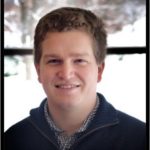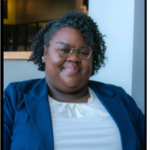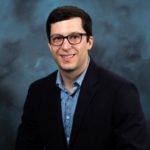08:30 – 09:00
Registration and poster set-up
09:00 – 09:15
Welcome and logistics
09:15 – 09:30
NNSA goals for MTV
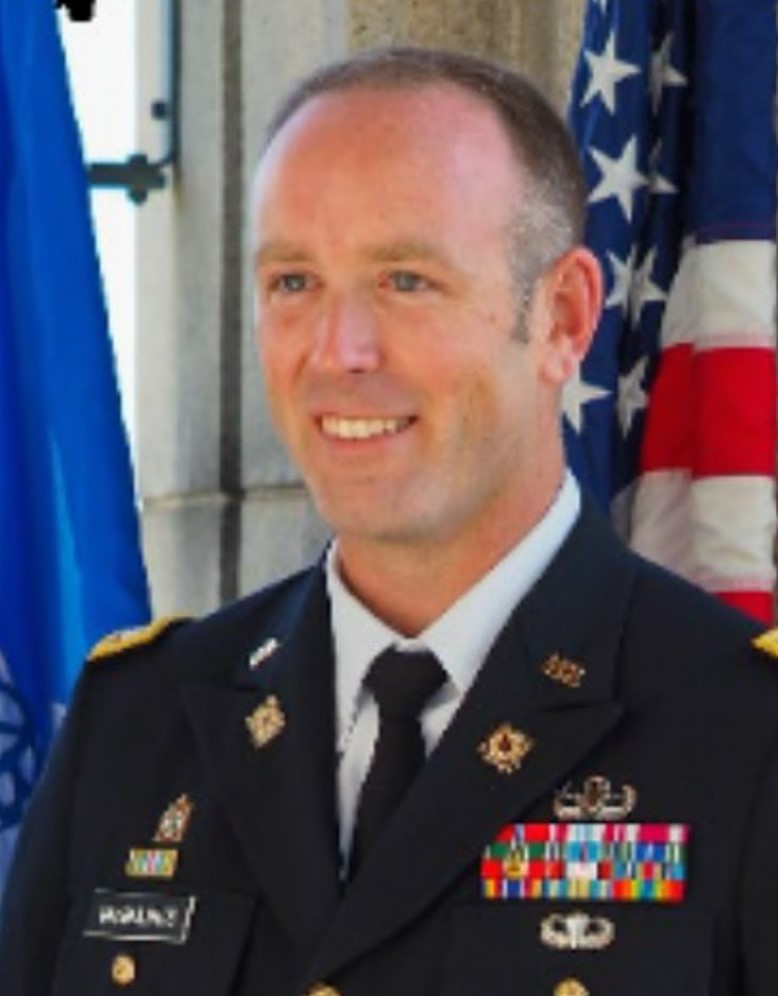
Keith McManus
Deputy Director, Office of Proliferation Detection, NNSA
Colonel Keith D. McManus is a career nuclear and countering weapons of mass destruction officer with nearly 24 years of service. He serves as the deputy director of the Office of Proliferation Detection in the Office of Defense Nuclear Nonproliferation Research and Development at the National Nuclear Security Administration. In addition to his supervisory responsibilities, he is the federal program manager for the innovation portfolio and university consortia, and he oversees the small business innovative research portfolio.
Keith received his Ph.D. in nuclear engineering from the University of California, Berkeley in 2019. His research focused on optimizing radiation detection sensors onboard small, unmanned aircraft systems for Department of Defense missions. Prior to this assignment, he served as an assistant professor and deputy program director in the Department of Physics and Nuclear Engineering at the United States Military Academy, West Point, New York.
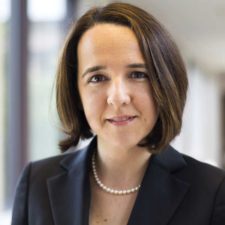
Sara Pozzi
Professor, University of Michigan
Director – Diversity, Equity, and Inclusion, College of Engineering
Consortium Director, Consortium for Monitoring, Technology, and Verification
Professor Sara Pozzi is a Professor of Nuclear Engineering and Radiological Sciences and a Professor of Physics at the University of Michigan (UM). Her research interests include the development of new methods for nuclear materials detection, identification, and characterization for nuclear nonproliferation, safeguards, and national security programs. Professor Pozzi is the founding Director of the Consortium for Verification Technology (CVT) 2014-2019 and the Consortium for Monitoring, Technology, and Verification (MTV) 2019-2024, two large consortia of multiple universities and national laboratories working together to develop new technologies needed for nuclear treaty verification. In 2018, Professor Pozzi was named the inaugural Director of Diversity, Equity, and Inclusion (DEI) for the UM College of Engineering. She is a Fellow of the American Nuclear Society, the Institute of Nuclear Materials Management, and the IEEE.
09:50 – 10:05
Ultrafast laser filament-induced fluorescence of Chlamydomonas reinhardtii to identify uranium exposure
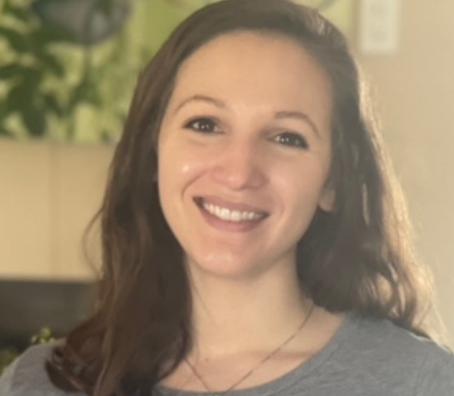
Lauren Finney
Graduate Student, University of Michigan
Lauren did her undergraduate studies in Chemistry at the University of Tennessee at Knoxville. She began as a Ph. D. student at the University of Michigan in Fall 2017, working in Professor Igor Jovanovic’s research group as an MTV associate. Her research focuses on laser-based optical spectroscopy for remote detection of uranium. Most recently, she has focused on exploring optical signatures of plants as potential sensors for stresses, like uranium exposure in the environment.
10:05 – 10:20
Nuclear forensics methodology development by employing machine learning methods to enable foreign nuclear fuel cycle monitoring
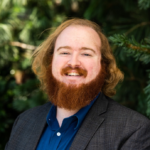
Patrick O’Neal
Graduate Student, Texas A&M University
Patrick O’Neal is a Ph.D. student in nuclear engineering from Texas A&M University, where he is working with Dr. Sunil Chirayath on methods to identify forensics signatures and proliferation identifiers of foreign nuclear fuel cycles that produce plutonium. Patrick received his B.S. and M.S. in nuclear engineering from Texas A&M University, where he gained experience working on research projects concerning nuclear safety, nuclear security, and thorium fuel cycle safeguards. He has interned at Calvert Cliffs Nuclear Power Plant and Pacific Northwest National Laboratory. Patrick also has experience teaching classes in engineering ethics and Monte Carlo methods for particle transport.
10:20 – 10:35
Neutron and gamma imaging with a novel organic glass-based imager
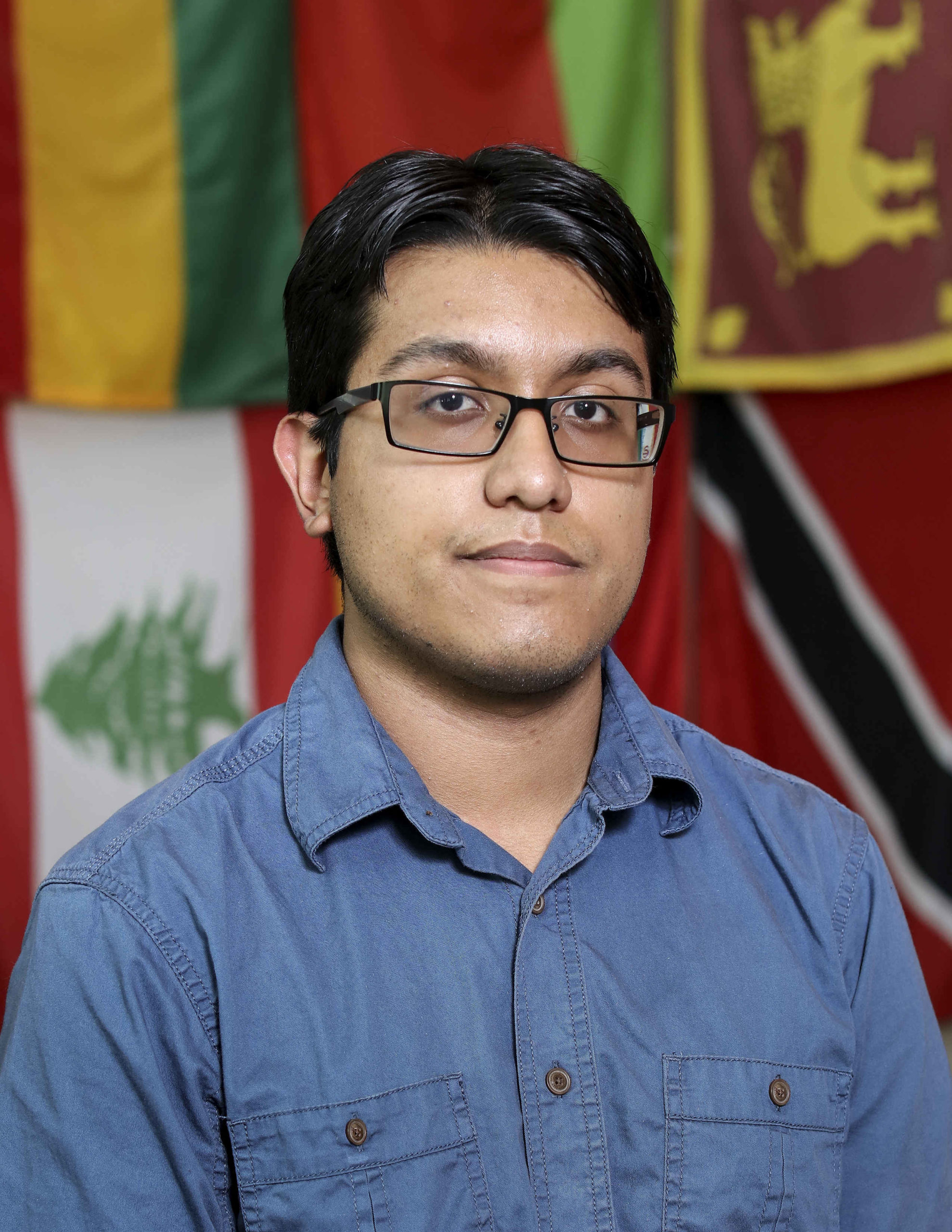
Ricardo Lopez
Graduate Student, University of Michigan
Ricardo studied at the University of Michigan and completed his B.S.E in 2020 and M.S.E. in Nuclear Engineering and Radiological Sciences in 2021. He is currently working with the DNNG at the University of Michigan as a Ph.D. student where his graduate research focuses on particle imaging for nonproliferation applications. His research interests include organic scintillators for use in nuclear safeguards.
10:55 – 11:10
Reconstructing SCRaP benchmark experiment multiplicity distributions from MCNP generated moments
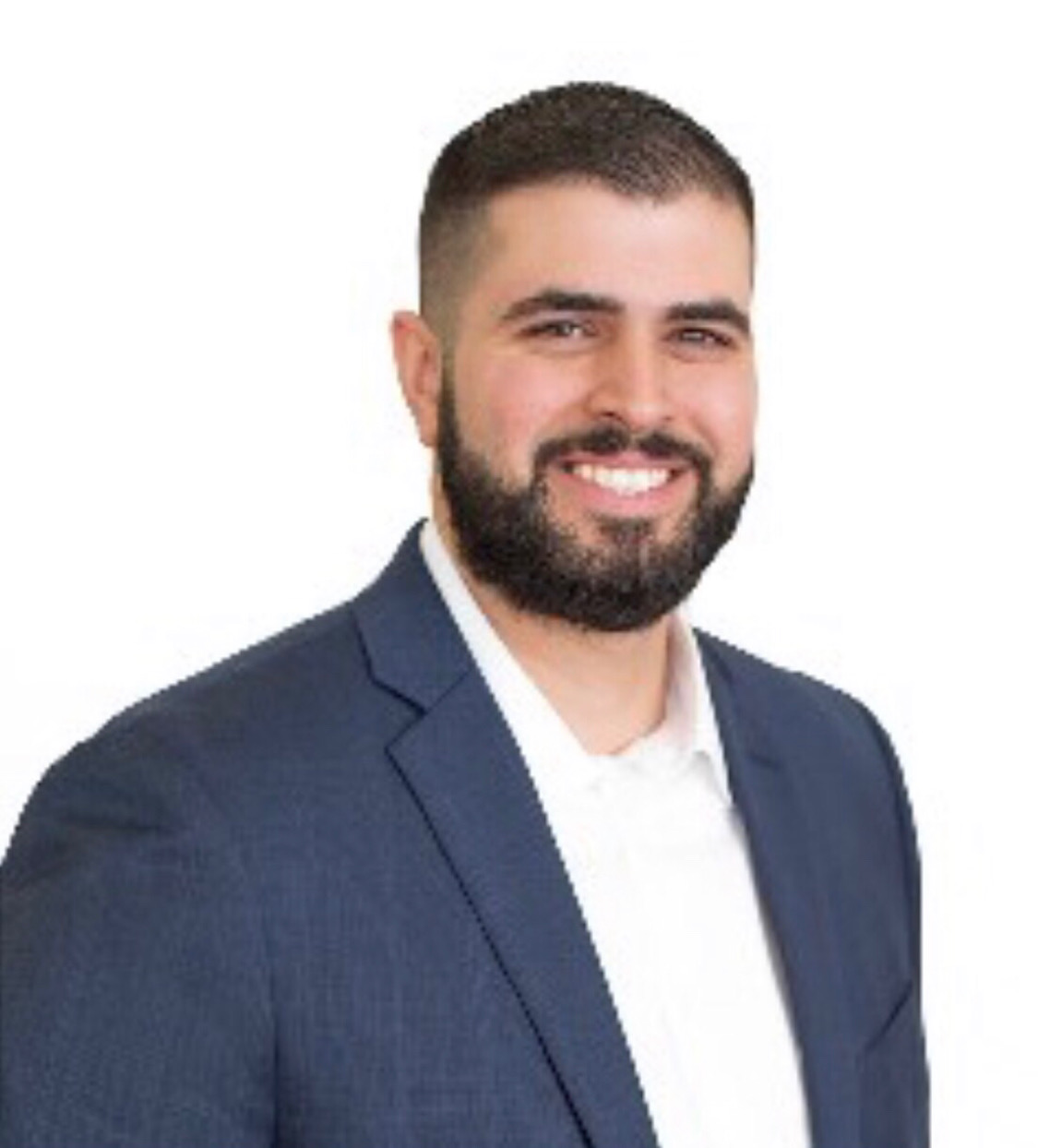
Jawad Moussa
Graduate Student, University of New Mexico
Jawad Ribhi Moussa is a Ph. D. candidate in the Nuclear Engineering Department at the University of New Mexico. His doctoral research is supported by the NNSA’s Consortium for Monitoring, Technology, and Verification (MTV) and is focused on the development of novel methods for stochastic neutronics modeling and simulation with application to nuclear safeguards. His work as a MTV Fellow has facilitated collaborations with various groups at Los Alamos National Laboratories (LANL). He has worked with the Advanced Nuclear Technology Group (NEN-2) on projects in the areas of neutron uncertainty quantification and sensitivity analysis as pertaining to nuclear safeguards measurements. In addition, he is currently working with the Computational Physics and Methods Group (CCS-2) to extend the existing capabilities of LANL’s multigroup discrete ordinates code, PARTISN, to include quantities of interest to the nuclear safeguards space. Mr. Moussa received a Master of Science degree in Nuclear Engineering and a Bachelor of Science degree in Biochemistry, both from the University of New Mexico in 2020 and 2015, respectively.
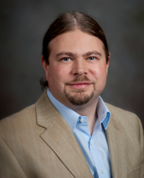
Patrick Huber
Faculty, Virginia Tech University
Dr. Huber is currently a professor of Physics at Virginia Tech, he is affiliated faculty in the Nuclear Engineering Program and director of the Center for Neutrino Physics. He obtained his Ph.D. in theoretical particle physics from the Technical University in Munich, Germany in 2003. He is a recipient of numerous awards and honors: U.S. DOE Early Career Research Award (2010), Breakthrough Prize (2016), Fermilab Distinguished Scholar (2016), Fellow of the American Physical Society (2019).
The Huber group’s main focus is on neutrinos and their relation to heaven and Earth and anything in between. Neutrinos are the second most common particle species in the Universe and they play an important part in astrophysics, cosmology and high energy physics. In the future they also may find applications in nuclear non-proliferation safeguards and national security.

Katie Mummah
Graduate Student, University of Wisconsin
Katie Mummah is PhD student in nuclear engineering and engineering physics at the University of Wisconsin-Madison and a graduate research assistant at Los Alamos National Laboratory. Her research is on expanding the capability of nuclear fuel cycle simulators to aid in nuclear safeguards implementation, and she is a DOE/NNSA Nuclear Nonproliferation & International Safeguards Graduate Fellow.
11:40 – 11:55
A new first year undergraduate engineering and technical communication course emphasizing radiation detection and protection
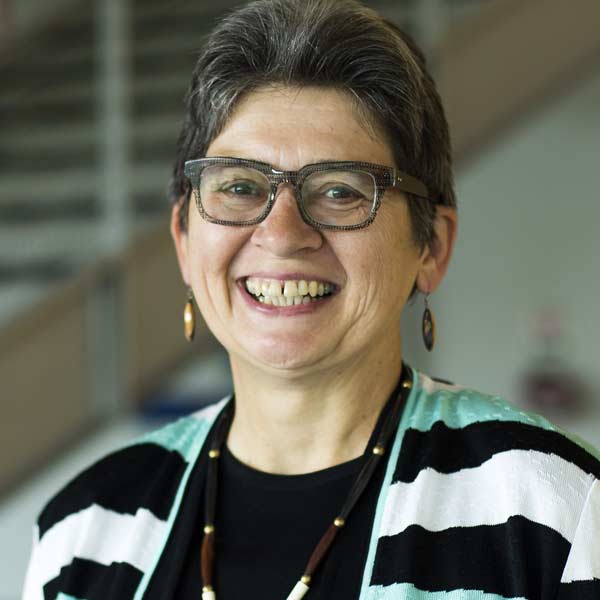
Kim Kearfott
Faculty, University of Michigan
Professor Kearfott has over 40 years of experience teaching and working in the radiological health field. She has won numerous awards and her research interests include: personnel dosimetry (thermoluminescent detectors, optically stimulated luminescent detectors, novel approaches); environmental radionuclide modeling and measurement (radon, RESRAD and similar codes, in situ spectroscopy, tomography); radioactive waste transportation, management, disposal, decommissioning and decontamination; physiological models (PET, SPECT, ICRP, general); internal dose assessment (ICRP/NCRP, MIRD, general); radiation detection and external dosimetry; applied radiation protection (medical health physics, nuclear power plant health physics).
13:00 – 13:15
Body-wave magnitude of the six underground nuclear tests in North Korea
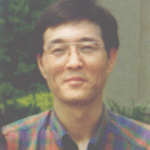
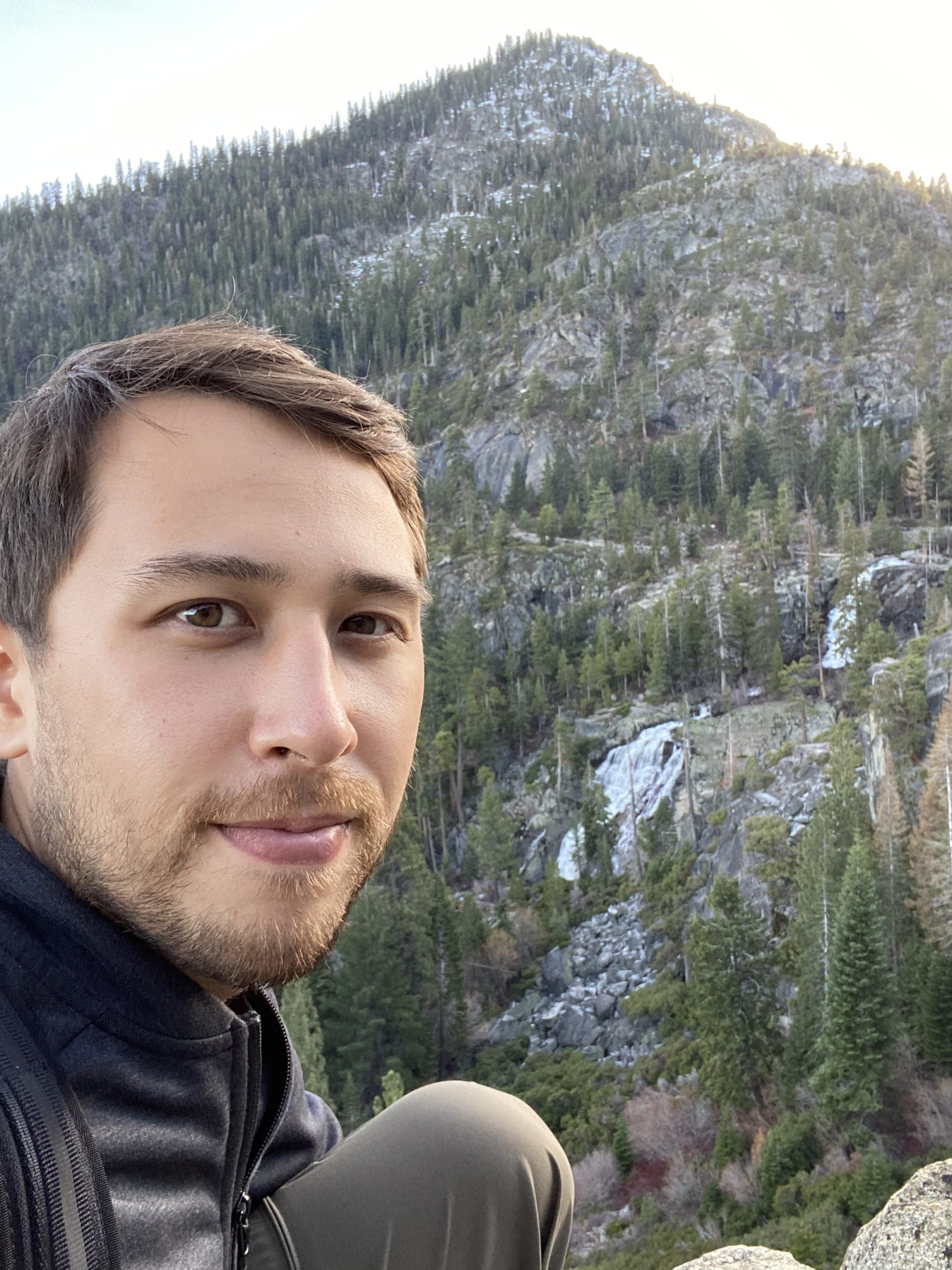
Samuel “Kei” Takazawa
Graduate Student, University of Hawaiʻi
Kei is a 3rd-year Ph. D. student researching under Dr. Milton A. Garcés working with explosion data collected on traditional and smartphone sensors. His research focuses on explosion detection and classification by applying machine learning methods on curating data for such purposes. Kei has a B.S. in Physics and Applied Math from Wheaton College and a M.S. in Applied Math from Northeastern University.
13:30 – 13:45
Regional waveform-correlation detection for seismic events in and near Mongolia from 2012-2016
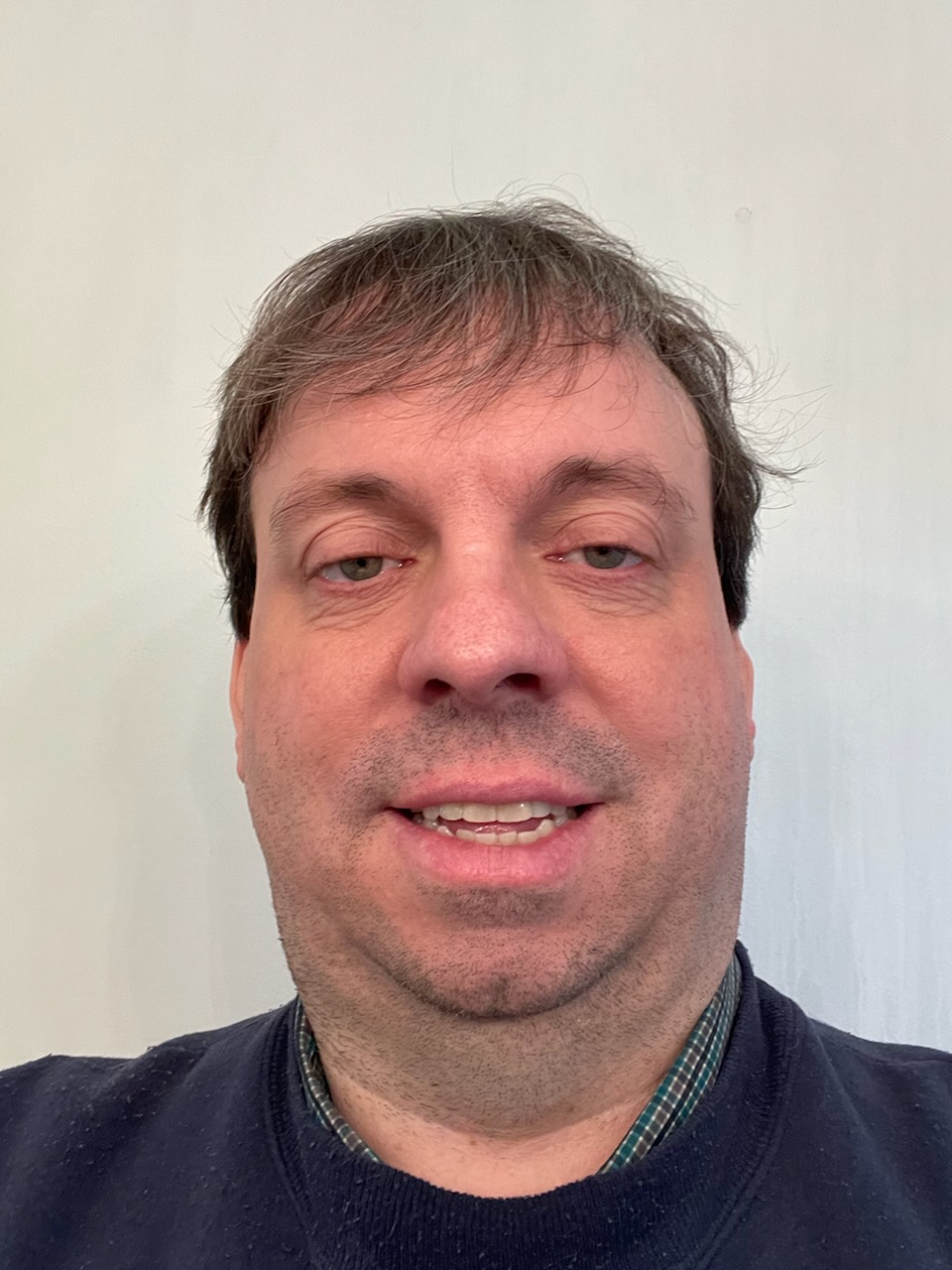
David Schaff
Faculty, Columbia University
David’s research has involved applying massive waveform cross correlation to earthquake location, earthquake detection, repeating events, measuring temporal changes in the crust associated with large earthquakes, testing competing models of foreshock occurrence, studying the earthquake source using empirical Green’s functions, and nuclear monitoring.
14:30 – 14:45
NRTA with an isotopic neutron source
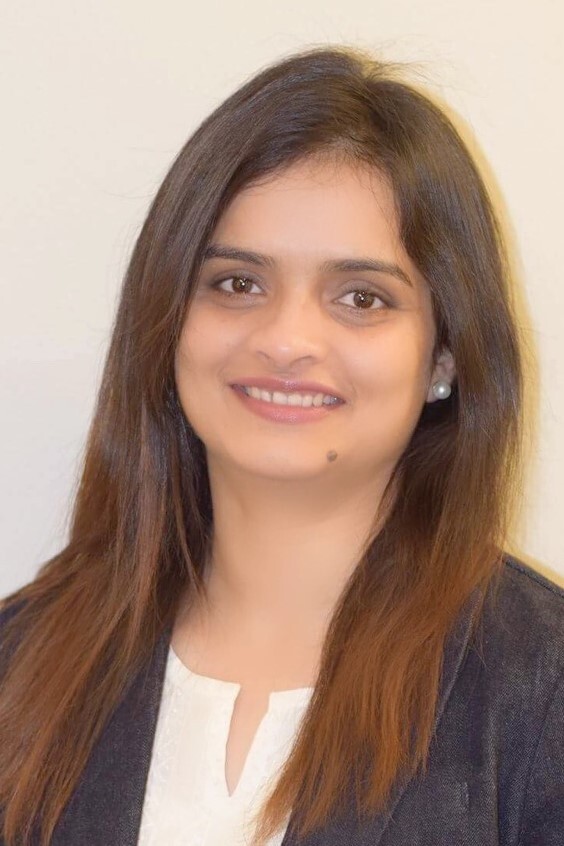
Farheen Naqvi
Faculty, Massachusetts Institute of Technology
Farheen Naqvi is a research scientist working in the Department of Nuclear Science and Engineering. She did her PhD in Experimental Nuclear Physics from University of Cologne, Germany. Her thesis work focuses on understanding the role of interplay between collective and single-particle degrees of freedom in the evolution of nuclear structure far from the valley of stable nuclei. As a postdoctoral associate at National Superconducting Cyclotron Laboratory at Michigan State University and Notre Dame University she diversified her research in the field of nuclear astrophysics and worked on developing methods to indirectly measure the neutron-capture cross sections of very neutron-rich nuclei. These exotic isotopes are formed in explosive astrophysical processes relevant for understanding nucleosynthesis in our universe. At MIT, she is currently leveraging her knowledge in the field of radiation measurement, detector development and computational analyses to build technologies mitigating the dangers of nuclear terrorism and weapons.
As a member of Prof. Danagoulian’s group at LNSP she is involved in projects aimed at detecting concealed nuclear materials using neutron resonant phenomena and building conformal radiation-sensitive fabrics for emergency response.
14:45 – 15:00
A portable apparatus for neutron resonance transmission analysis
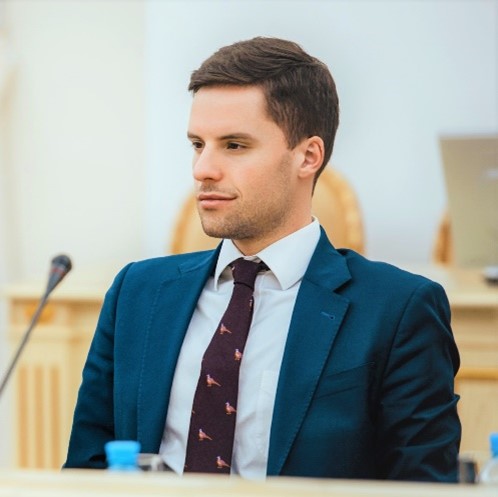
Ethan Klein
Graduate Student, Massachusetts Institute of Technology
Ethan A. Klein is a 4th year Nuclear Science and Engineering Ph.D. candidate at MIT. His research focuses on the development of novel nuclear detection technologies and is funded by a Nuclear Nonproliferation International Safeguards graduate fellowship. He is a member of the MIT group voted the ACA’s 2019 Arms Control Person of the Year and was a member of the 2019-20 Stanford U.S.-Russia Forum’s arms control working group. Mr. Klein formerly served as a policy advisor at the White House Office of Science and Technology Policy and a science policy fellow at the Institute for Defense Analyses. Mr. Klein holds an S.B. in Chemistry and Physics from MIT.
15:20 – 15:35
Phylogenetic sensitivity analysis to identify microbial signatures of environmental contamination
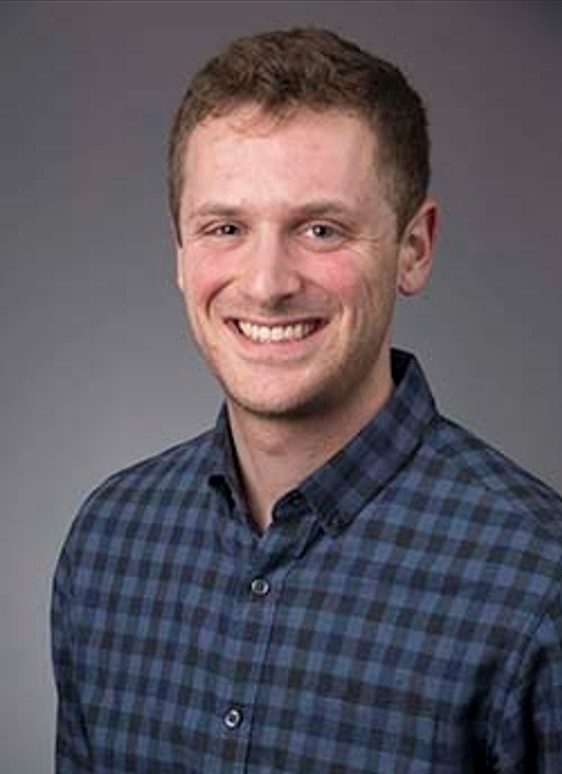
David Bernstein
Postdoc, University of California, Berkeley
David graduated from the University of Vermont with a bachelor’s degree in Mechanical Engineering. He then completed his PhD in Biomedical Engineering at Boston University where he developed computational methods to study the metabolic networks of microbial organisms. He is currently a Postdoctoral researcher in the lab of Prof. Adam Arkin at the University of California, Berkeley. His research is focused on developing machine learning and mechanistic modeling approaches to interpret microbial genomics data.
15:35 – 15:50
High precision scintillator time profile measurements using an LAPPD
Click here for video recording of presentation
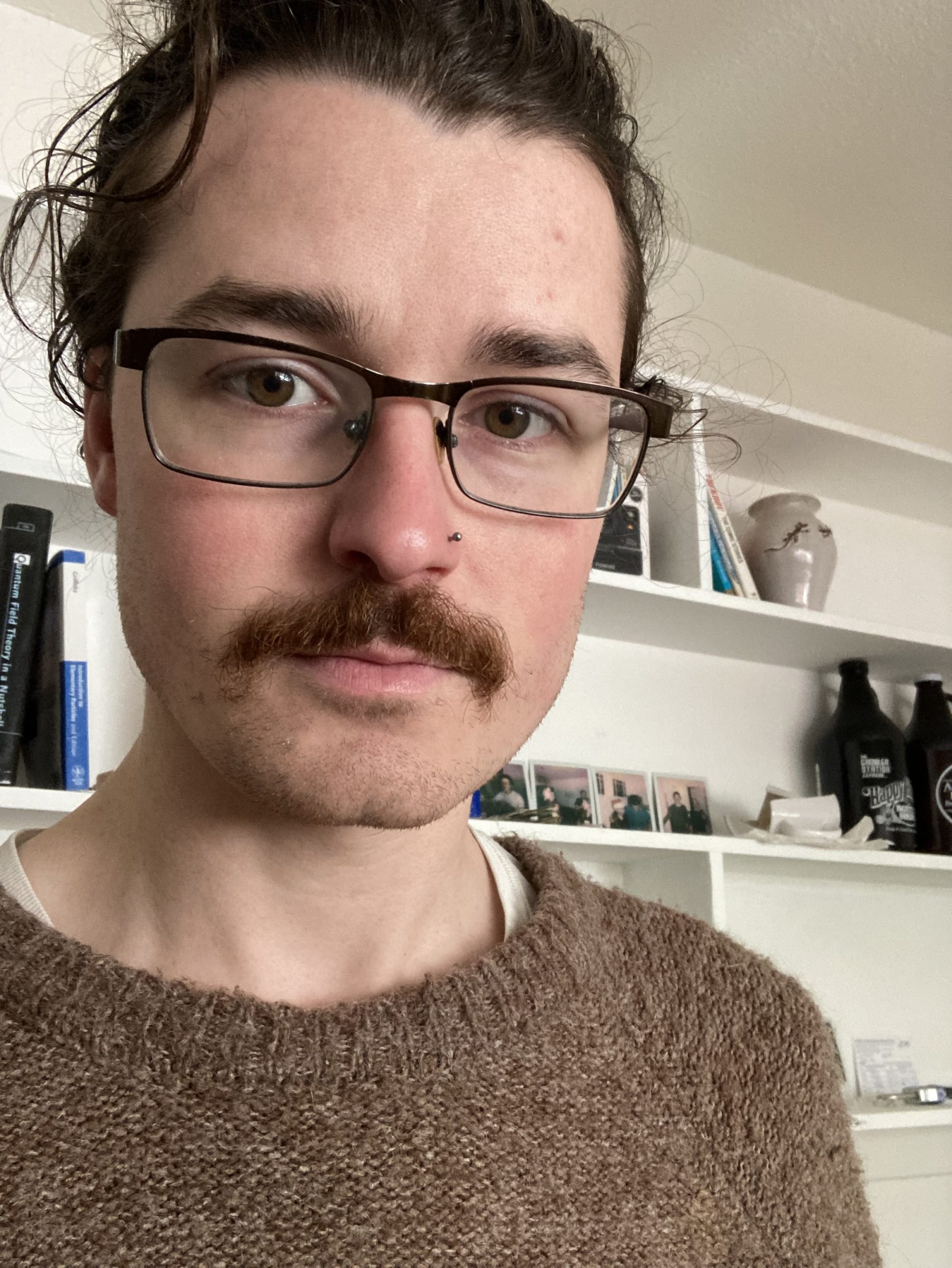
Edward Callahan
Graduate Student, University of California Berkeley
Since joining the Consortium for Monitoring, Technology, and Verification, Edward has engaged in R&D work characterizing water-based liquid scintillator (WbLS) from the perspective of its application in large-scale neutrino detectors. The initial round of characterization constituted of a measurement of the proton light yield of WbLS, which was performed using a double time-of-flight technique at the 88-Inch Cyclotron at Lawrence Berkeley National Laboratory (LBNL), a collaborative effort with the Bay Area Neutron Group, and has implications for background suppression for antineutrino detection in WbLS. Further studies utilized an LAPPD to perform enhanced measurements of the scintillation time profile of WbLS samples, and assess the viability of timing-based selection of Cherenkov photons, ultimately for the purpose of improved direction reconstruction in a large-scale detector. Additional work extending these methods to measurements of gadiated WbLS samples, and light yield and time profile measurements in response to alpha particles, as well exploring the use of dichroic-filter-based spectral sorting devices for Cherenkov selection in the CHESS apparatus, is ongoing.
15:50 – 16:05
Working towards an absolute reactor antineutrino flux measurement using PROSPECT-I data
Click here for video recording of presentation
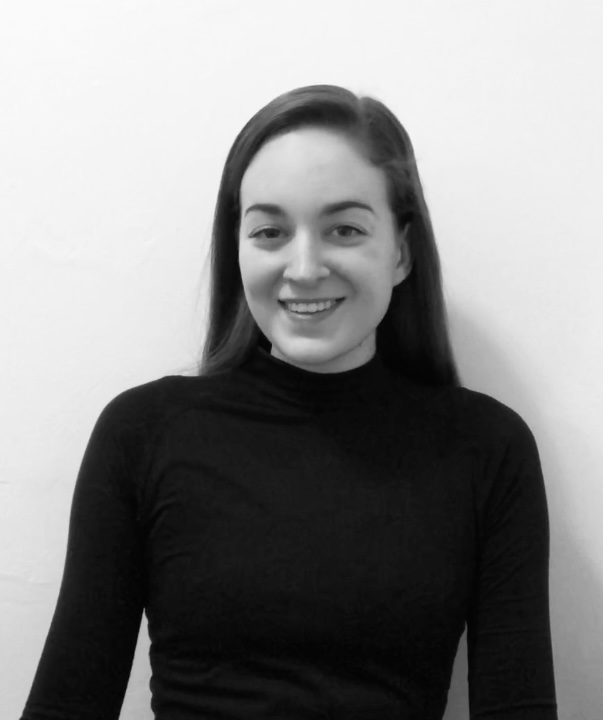
Paige Kunkle
Graduate Student, Boston University
Paige will continue research on two fundamental neutrino physics projects, near-field detector PROSPECT and far-field detector WATCHMAN, which target nonproliferation. On PROSPECT she will perform an absolute reactor neutrino flux analysis using PROSPECT-I data to demonstrate how well an above-ground detector can monitor the power of a research reactor, for which there is no other comparable data set. She is also pursuing a major hardware upgrade to the PROSPECT detector for the second phase of data-taking. Her work on WATCHMAN focuses on developing light concentrators to improve the light collection and ensure sufficient reconstruction of reactor antineutrino events while using fewer PMTs; WATCHMAN aims to use this neutrino rate to verify reactor operations from large standoff distances.
16:05 – 16:20
Spatial structure and expansion dynamics of laser-produced cerium plasmas
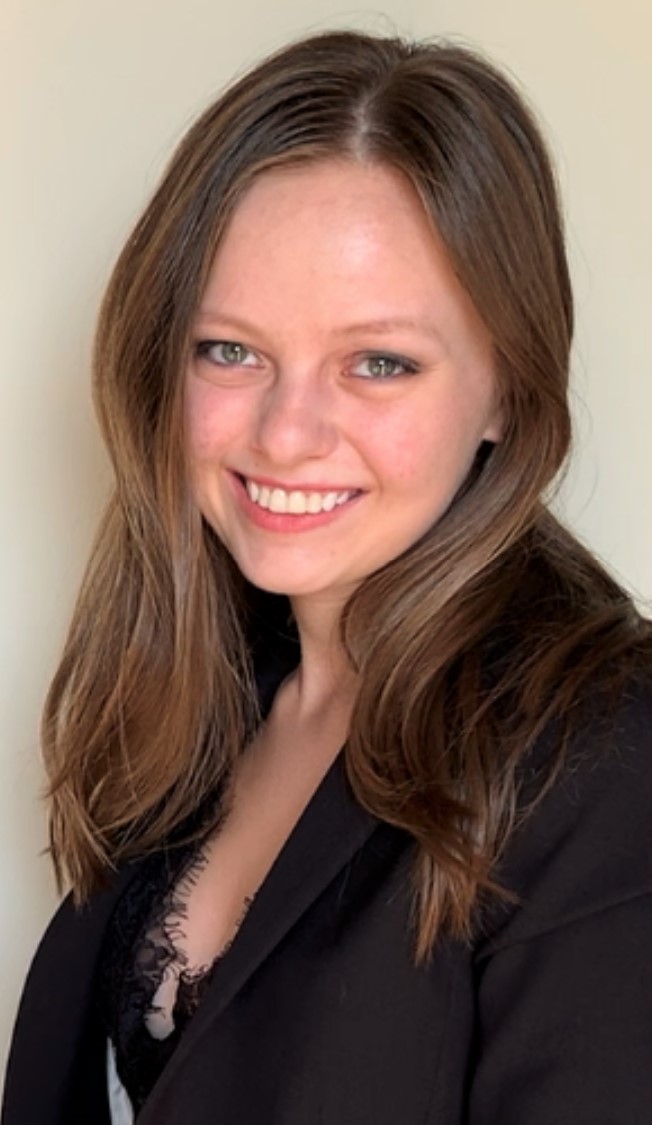
Emily Kwapis
Graduate Student, University of Florida
Emily Kwapis is a third year PhD candidate in nuclear engineering at the University of Florida. She works with Dr. Kyle C. Hartig in the Optical Science and Nonproliferation Laboratory studying optical detection methods to improve the wide area environmental sampling of actinides. She is also a graduate fellow of US DoD Science, Mathematics, and Research for Transformation (SMART) program and graduated from the University of Michigan in 2019 with a B.S.E. in nuclear engineering and radiological sciences.
16:20 – 17:45
Poster overview and reception (odd-numbered)
#1: Time-encoded dual particle imager (LANTERN)
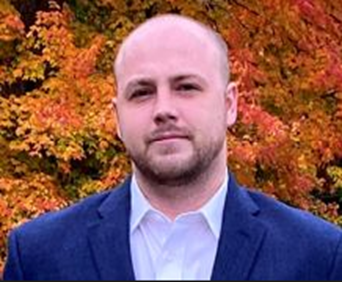
John Kuchta
Graduate Student, University of Michigan
John’s research for MTV is on creating unconventional coded aperture imaging systems for cheap, quick readout one dimensional images of neutron and gamma-ray sources. He started as a summer fellow before graduate school, and was moved to a full time fellow when working on his Master’s degree at the University of Michigan in 2019-2020. John then progressed into the Ph.D. program towards the end of 2020 where he continued the research started during the Master’s program.
#3: Windowed multipole and its use in sensitivity analysis
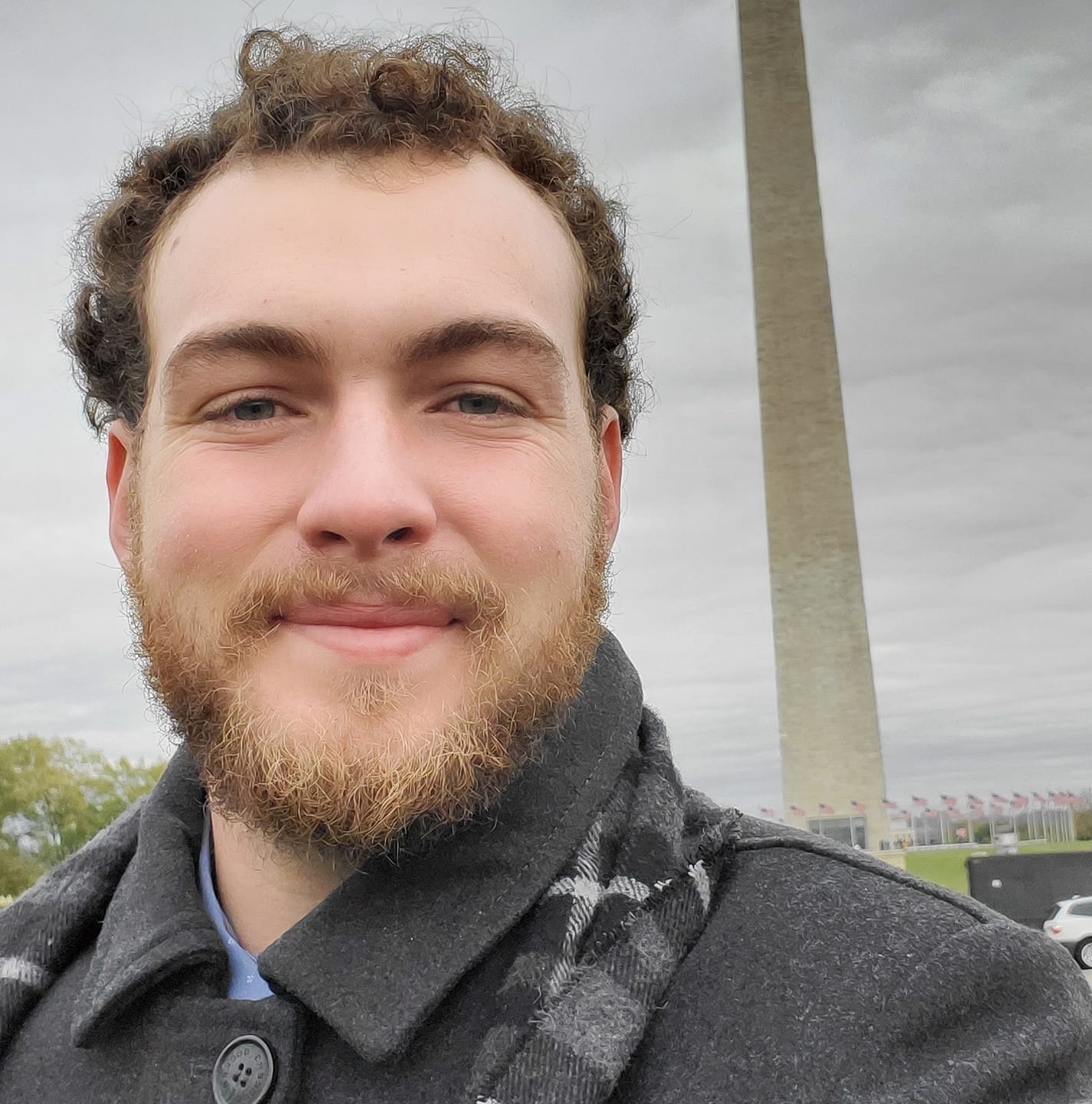
Matthew Lazaric
Graduate Student, University of New Mexico
Matt is originally from Maui and growing up there, he gained an interest in sustainable energy sources as he saw how the alternative was impacting his environment, he went to the University of New Mexico to study nuclear engineering and found that he enjoyed coding and numerical methods. So for his graduate degree he decided to pursue that area. This lead him to work with his advisor Dr. Chris Perfetti in the field of sensitivity analysis, thus opening his eyes to how complex and interesting the work of nuclear data can be. For his research he is working towards developing a method of generating sensitivities for resonance parameters. These sensitivities will help evaluators produce higher fidelity nuclear data evaluations.
#5: Neutrino-induced nuclear reactions at the spallation neutron source
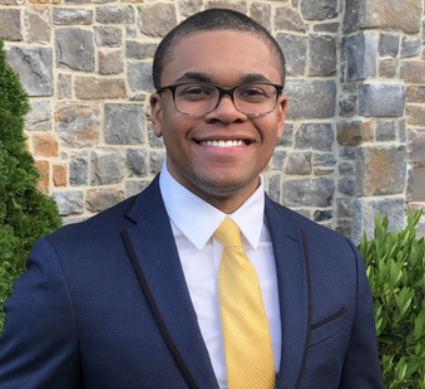
Tyler Johnson
Graduate Student, Duke University
Tyler Johnson is a 4th-year nuclear and particle physics Ph.D. candidate at Duke University. His doctoral research focuses on developing particle detectors for reactor monitoring initiatives, building fundamental knowledge of neutrinos, the lightest known particle in the universe, and is currently attempting to produce the first experimental evidence of a new way to split the atom, called neutrino-induced nuclear fission or “nuFission.” Tyler is an MTV Antineutrino Ph.D. Fellow, an Arms Control Fellow at the Stanford U.S.-Russia Forum, an Alfred Sloan Foundation Minority Ph.D. Scholar, a Robert C. Richardson Fellow, a Goshaw Family Fellow, and previously a Mellon-Mays Undergraduate Fellow. He is a member of Duke University’s Board of Trustees Resources Committee, the University Center of Exemplary Mentoring Advisory Board, and the Southern Regional Education Board’s Institute on Teaching & Mentoring. He sat on two Duke Presidential Committees: President’s Council on Black Affairs and the Advisory Committee on Investment Responsibility. He also spent time at Fermi National Accelerator Lab and Oak Ridge National Lab. Tyler received his Bachelor’s in physics from the University of Chicago. This past year he was awarded “best oral presentation” at both the 2021 MTV workshop and the 2021 UPR at Georgia Tech.
#7: Muon imaging for dry-cask storage verification

Jesus Valencia
Graduate Student, University of New Mexico
Jesus is a third-year PhD student at the University of New Mexico’s Department of Nuclear Engineering, working under Dr. Adam Hecht. His current research explores the utilization of cosmic-ray muons for tomographic reconstruction of dry-cask storage containers for spent nuclear fuel. He is also a year-round graduate intern at Sandia National Laboratories in the Nuclear Verification Department. Some of his tasks at SNL include simulation and characterization of radiation detection systems, developed for nonproliferation and arms control verification applications.
#9: Pulse shape discrimination using a compact ASIC-based data acquisition system
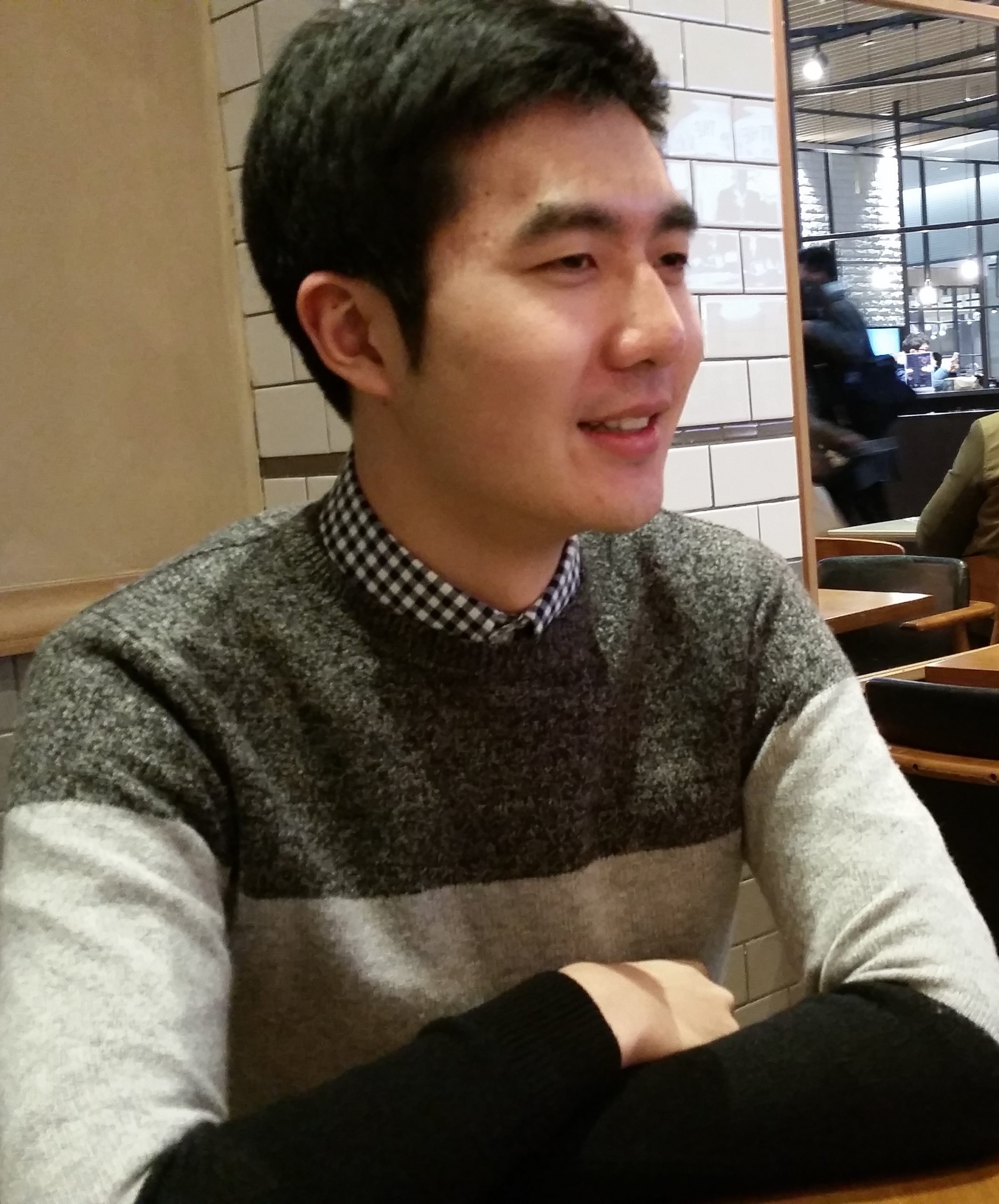
Tingshiuan Wu
Graduate Student, University of Michigan
Tingshiuan Wu received a Honors B.S. in Physics from the University of Utah. He entered the University of Michigan Department of Nuclear Sciences and Radiological Engineering in the Fall of 2017, working in Professor Igor Jovanovic’s group. His research focuses on obtaining directionality information from scatter-capture neutron detector arrays and adaptation of compact ASIC electronics for them.
#11: The Mitchell Institute neutrino experiment at reactor (MINER) detector payload

Matthew Lee
Graduate Student, Texas A&M University
Lee’s research is in the development of very low-threshold, solid-state, phonon-mediated detectors for applications in coherent elastic neutrino nucleus scattering (CEvNS). Similar technology can be used to search for dark matter and other rare interactions with baryonic matter nuclei. The Mitchell Institute Neutrino Experiment at Reactor (MINER), is particularly well designed to deploy this detector technology in order to detect CEvNS from a MW TRIGA reactor for the first time. With close proximity (about 2 meters) to the reactor core they are searching for CEvNS to further understand neutrino properties and discover the nature of the particles that make up dark matter and to look for physics beyond the standard model. Due to larger cross sections expected for CEvNS, the success of the MINER experiment will pave the way for future small size neutrino detectors for reactor remote monitoring.
#13: Development of 241Am13C calibration sources for a large water Cherenkov detector
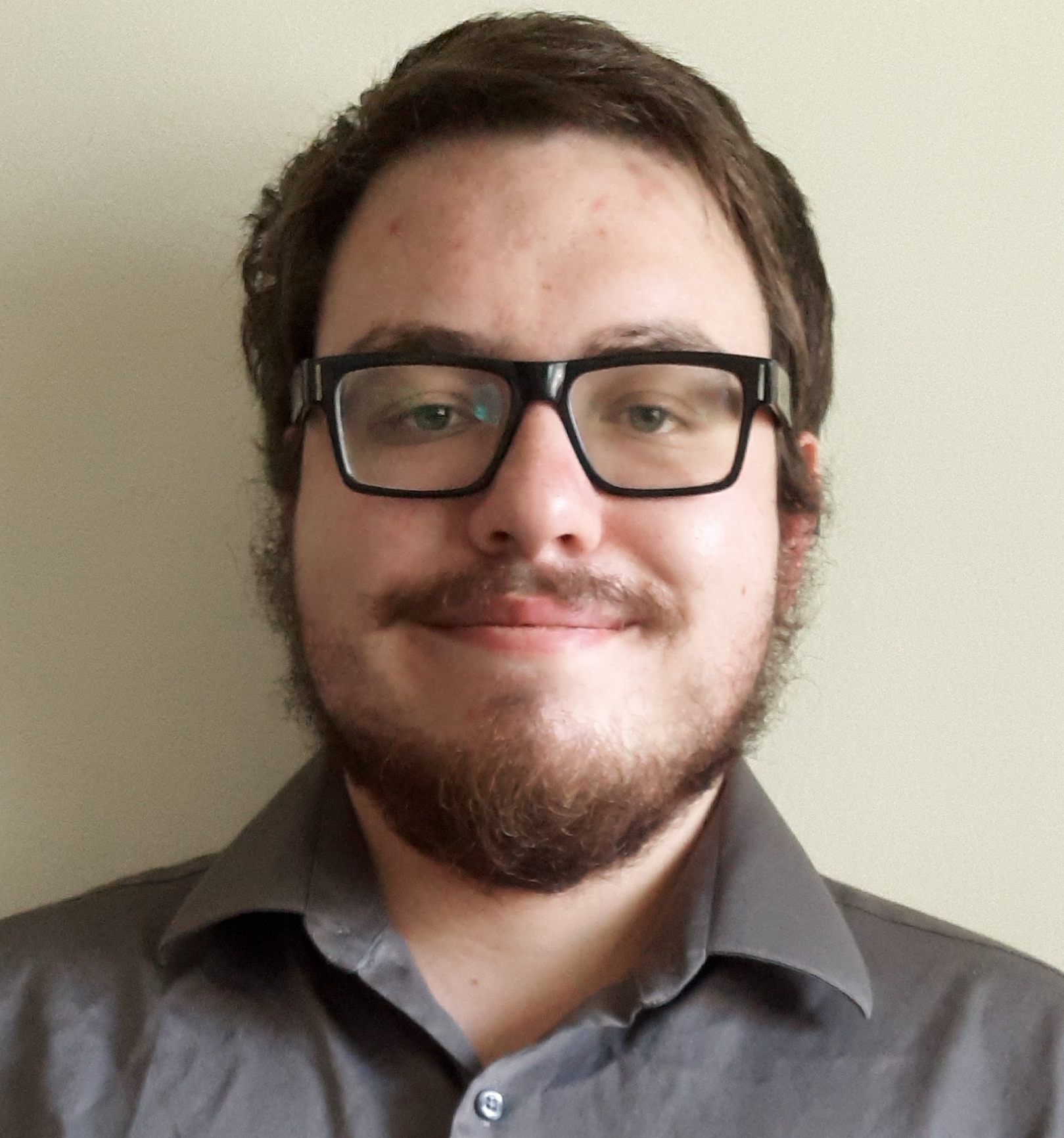
Colton Graham
Graduate Student, University of Michigan
Colton Graham is a first year PhD student at the University of Michigan. His research is primarily focused on development of calibration sources for anti-neutrino detectors as well as in active interrogation for detection of special nuclear material, explosives, and narcotics.
#15: Detection of fast neutrons during photon active interrogation
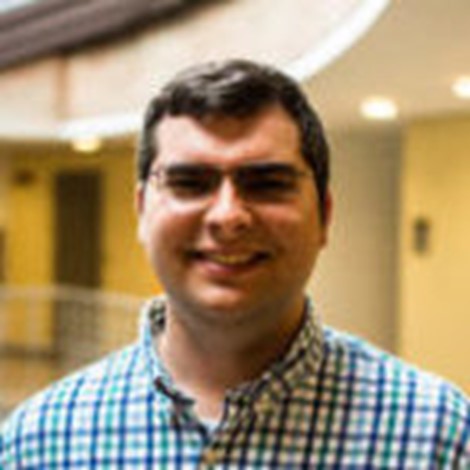
Christopher Meert
Graduate Student, University of Michigan
Christopher Meert earned his B. S. E. in nuclear engineering from Purdue University in 2017 and his M.S.E in nuclear engineering and radiological sciences from the University of Michigan in 2020. Current research interests include active interrogation techniques, neutron activation, and contraband detection. He has also mentored students on MTV fellowship at the University of Michigan, presented lectures at the MTV Nuclear Engineering Summer School (2020-2022) and has previous experience in commercial nuclear power, radon detection, and tensioned metastable fluid detectors.
#17: Explosion data collected on an airborne platform by a smartphone and traditional sensors
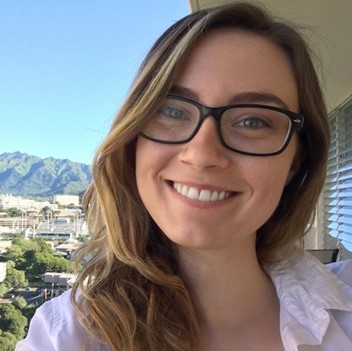
Sarah Popenhagen
Graduate Student, University of Hawaiʻi
Sarah is a second-year PhD student researching under Dr. Milton Garces at the University of Hawaii at Manoa. She completed her bachelor’s degree in physics with a concentration in geophysics at the University of Illinois, Urbana-Champaign in 2020. Her current research is focused on the acoustic signatures of rocket launch sequences and on airborne collection of infrasound signals.
#19: Small organic scintillators for dosimetry
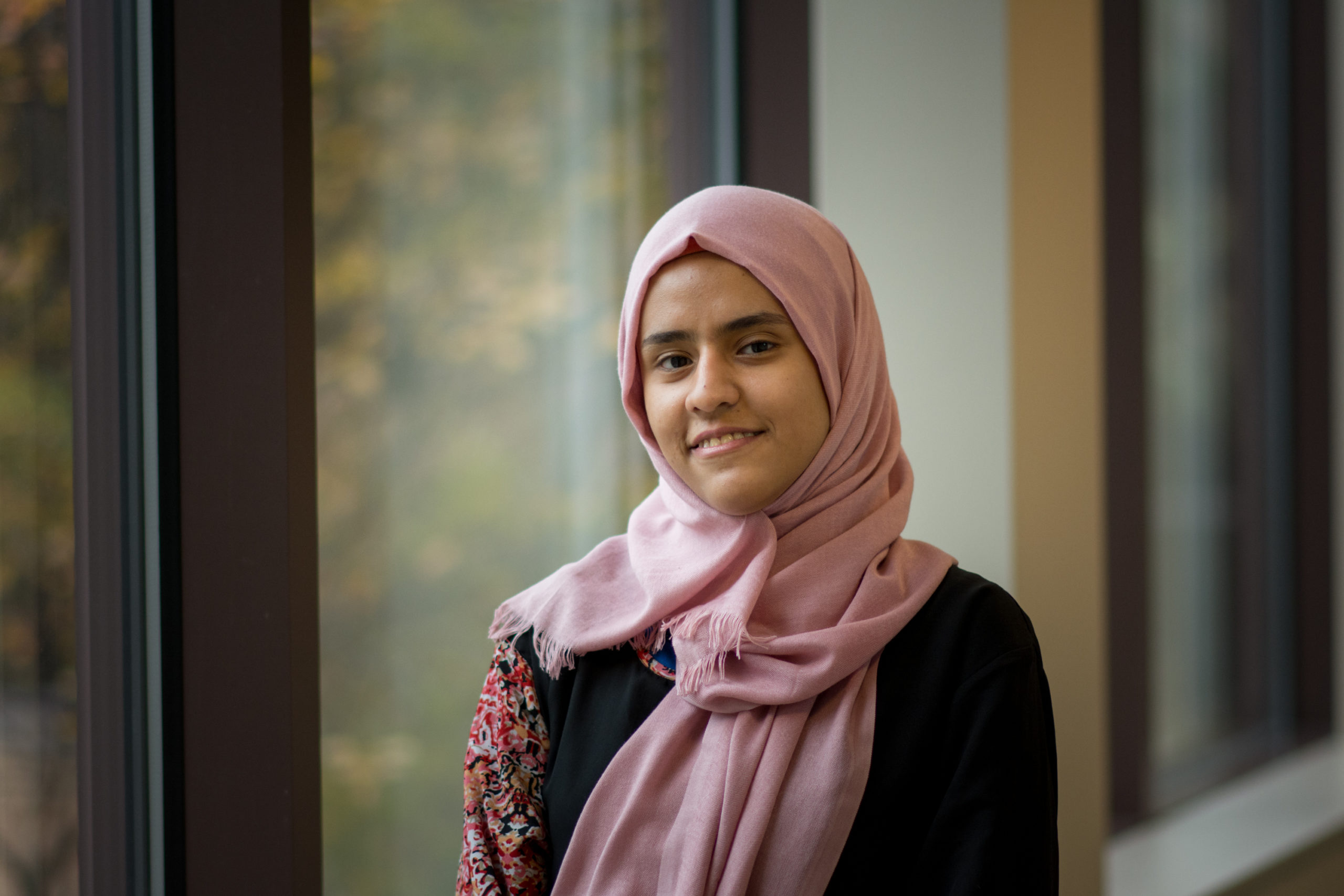
Noora Ba Sunbul
Graduate Student, University of Michigan
Noora Ba Sunbul received the B.S. degree in Nuclear Engineering from Jordan University of Science and Technology in 2015 and the M.S. degree in Nuclear Engineering and Radiological Sciences at the University of Michigan, USA in 2018. She has enrolled as a fellow MTV in 2018. She is currently a Ph.D. candidate in Nuclear Engineering and Radiological Sciences at the University of Michigan, USA. Her research interest includes dosimetry measurement techniques and their implementation for radiation field characterization and in radiation therapy dose measurement and monitoring.
#21: Development of a rover for autonomous imagining and identification of nuclear material
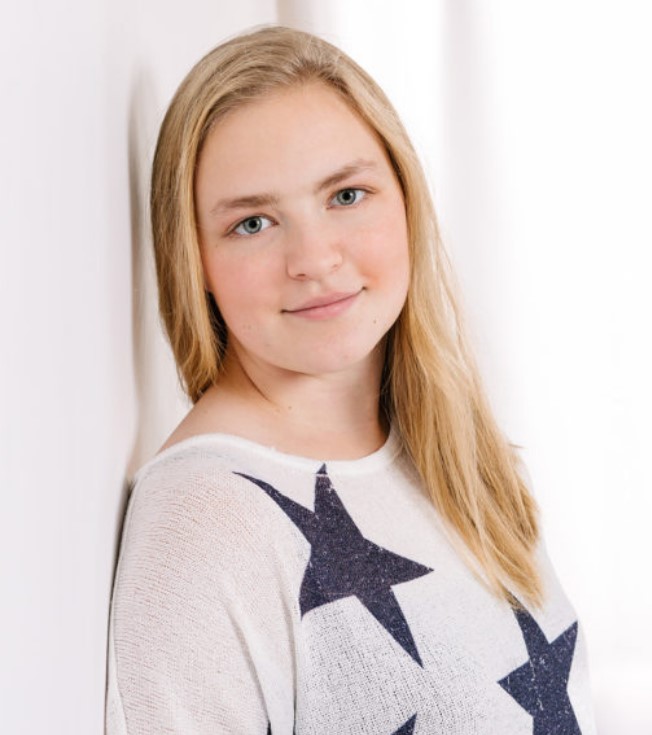
Katie Ballard
Undergraduate Student, University of Michigan
Katie Ballard is a sophomore studying Nuclear Engineering and Radiological Sciences at the University of Michigan. She began research in July 2019, and currently does research through the Consortium for Monitoring Technology and Verification as an undergraduate fellow. Her current work focuses on the autonomous detection of a source using a rover, with past work focusing on detection analysis using Pulse Shape Discrimination (PSD) including the simulation of PSD to address systematic errors in experiment.
#23: Light output characterization for small stilbene detectors
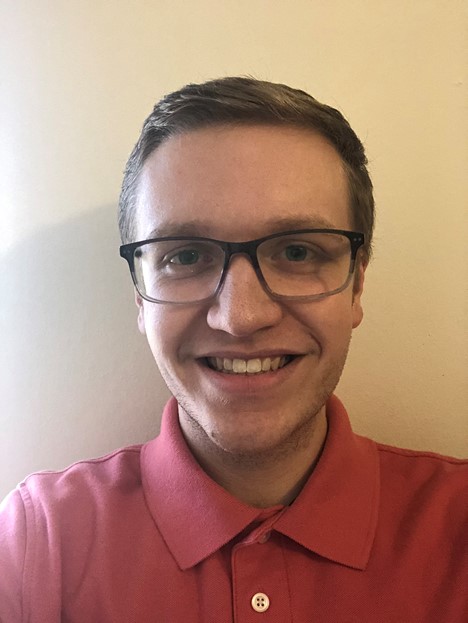
Andrew Panter
Undergraduate Student, University of Michigan
Andrew Panter is a junior studying Nuclear Engineering and Radiological Sciences at the University of Michigan. He began his research in May 2020 as part of the Summer Undergraduate Research in Engineering program. His work focuses on neutron detection techniques in photon active interrogation scenarios to prevent illicit transportation of SNM. He has conducted research on neutron activation analysis to provide benchmark neutron fluxes from SNM targets and is currently characterizing the light output of small organic scintillators.
#25: Using the international monitoring system (IMS) to teach AI/ML skills to NE undergraduate students
Poster linked here

Andreas Enqvist
Faculty, University of Florida
(Jeremiah Wright, student co-author)
Dr. Andreas Enqvist is an assistant professor at the University of Florida Nuclear Engineering Program. Dr. Enqvist received a Master of Science in physics at Gothenburg University, Sweden. He graduated with a PhD at the Department of Nuclear Engineering at Chalmers University of Technology (Sweden) in 2010. Dr. Enqvist has worked as a postdoc and assistant research scientist from 2010 to 2013 at the department of Nuclear Engineering and Radiological Sciences at University of Michigan. He is doing research within the area of nuclear safeguards/materials control and accountability, with emphasis on the detection statistics of radiation from fissile materials, and the physics behind particle-detector interactions with focus on neutron reactions and interactions. Research funding is currently provided from NRC, NNSA & DHS.
#27: Quality control program for high precision radiation dose delivery
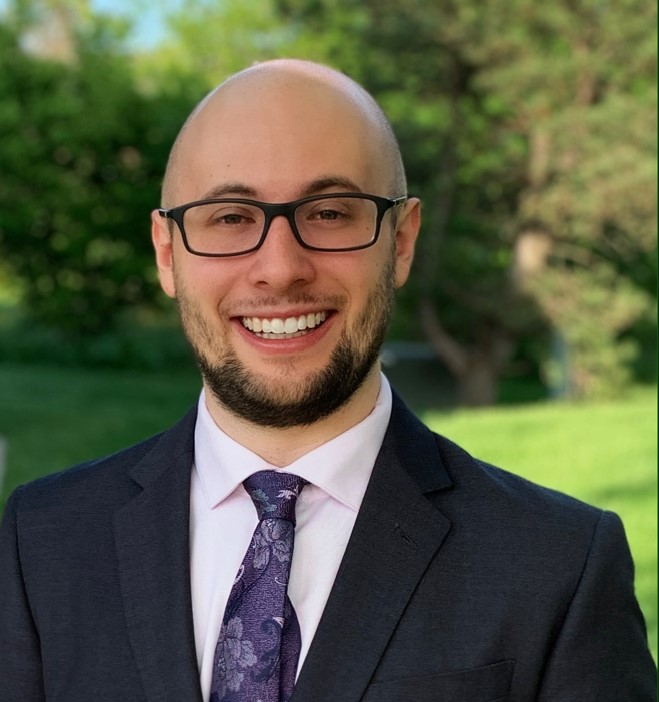
Jordan Noey
Graduate Student, University of Michigan
Jordan D. Noey received the M.S.E. degree in nuclear engineering and radiological sciences from the University of Michigan in 2021. He decided to continue his education and is pursuing a Ph.D. in the same program. His research interests include environmental radiation sample analysis, statistical quality control, and detector design and implementation, as well as various operational health physics topics. Jordan’s awards and honors include the Innovations in Nuclear Technology R&D Award, the Health Physics Society Richard J Burk Fellowship, and the Richard and Eleanor Towner Prize for Outstanding GSIs.
#29: Evaluation of one month of temporal data from multiple consumer-grade temporal radon detectors
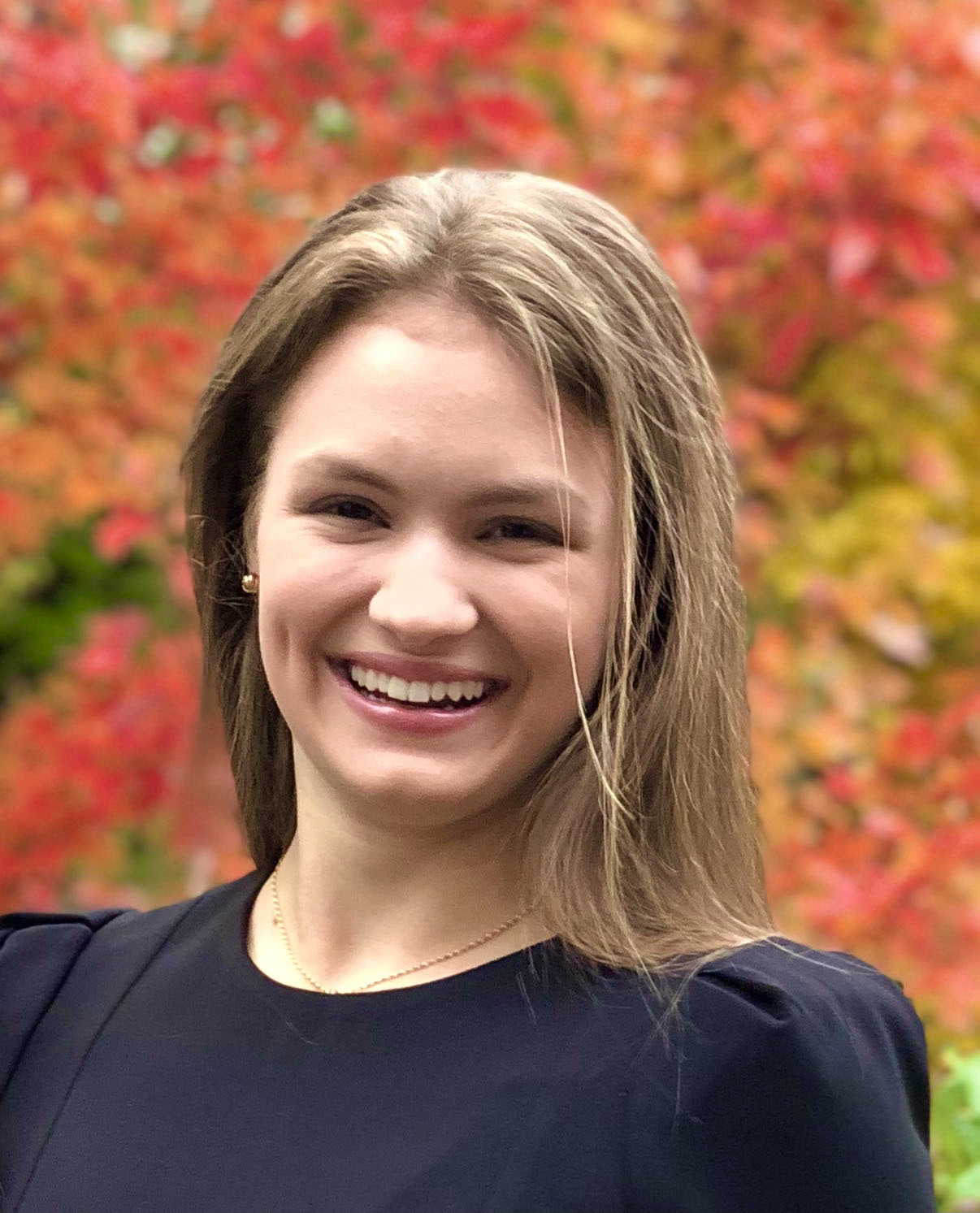
Carly Evans
Undergraduate Student, University of Michigan
Carly Evans is currently a sophomore in Nuclear Engineering and Radiological Sciences at the University of Michigan. She works in research in Dr. Kimberlee Kearfott’s Radiological Health Effects laboratory. She is trying to decide among the various opportunities for a career in the nuclear sciences. Carly is currently considering continuing on for a master’s degree in nuclear engineering. In her spare time, she likes to snow ski and swim.
#31: The Intelligent Radiation Awareness Drone (IRAD): creation of an unmanned aerial vehicle with radiation hazard guided navigation
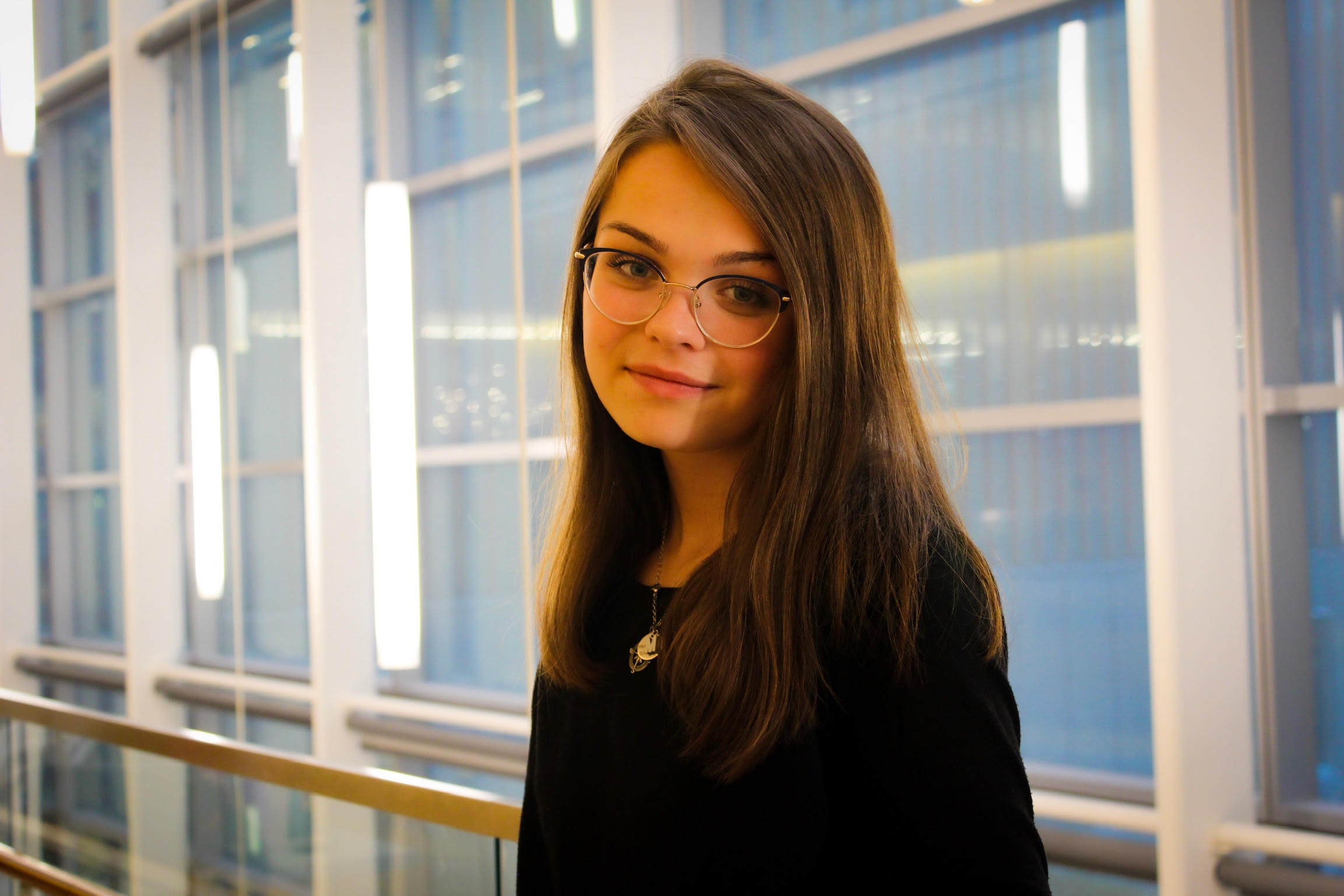
Marlee Trager
Undergraduate Student, University of Michigan
Marlee Trager is a student at the University of Michigan, expecting to graduate with her bachelor’s in Aerospace Engineering in May 2023. She would ultimately like to pursue research in sustainable aviation and electrified aircraft.
#33: Hill-climbing and other algorithms for rapid radiation source location with a drone

Christopher Davis
Undergraduate Student, University of Michigan
Christopher Davis is an undergraduate at the University of Michigan, currently studying Computer Science and Mathematics. He is interested in robotics, machine vision, algorithms research, and any other mathematically-focused intersections with Computer Science.
#35: Communications and computational system for an intelligent radiation awareness drone (IRAD)

Ryan Kim
Undergraduate Student, University of Michigan
Ryan Kim is currently a junior at the University of Michigan, expecting to graduate with his degree in Computer Science in December 2023. He works in Dr. Kearfott’s Radiological Health Engineering Lab. He hopes to attend graduate school for a master’s degree in computer science.
#37: Photoionization simulation for improved RIMS accuracy

Henry Burns
Graduate Student, Georgia Institute of Technology
Burns graduated from Dartmouth College in 2019, where he received his Bachelor’s in Physics with a minor in Religious Studies. Currently, he is pursuing a PhD in Nuclear Engineering at Georgia Tech, where Burns is a recipient of the President’s Fellowship. He works as a research assistant studying the enrichment of uranium through laser excitation, and is interested in the development of sustainable energy.
#39: Performance assessment tools for epithermal-neutron prompt gamma activation analysis
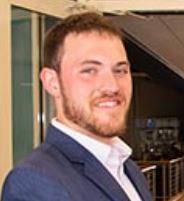
Nick Grenci
Graduate Student, Pennsylvania State University
Nick Grenci is a third year PhD candidate at the Pennsylvania State University working with Dr. Flaska. His research interest lies in radiation detection for nonproliferation applications. Nick’s research is focused on mechanical neutron choppers for use as a neutron velocity selection system. He has created tools to optimize parameters of the neutron velocity selection with considerations for fast design iteration. In parallel, Nick is working to create a neutron cross-section data tool to holistically evaluate resonance structure of all isotopes for which there are data in MCNP6.2. Using this data tool, he is investigating which nuclear fuel cycle samples could provide the most unique signatures from epithermal neutron pulses created with the chopper. He is merging fuel cycle research with the data tool to create a software package to quantitatively estimate the sensitivity of samples for prompt gamma activation analysis.



